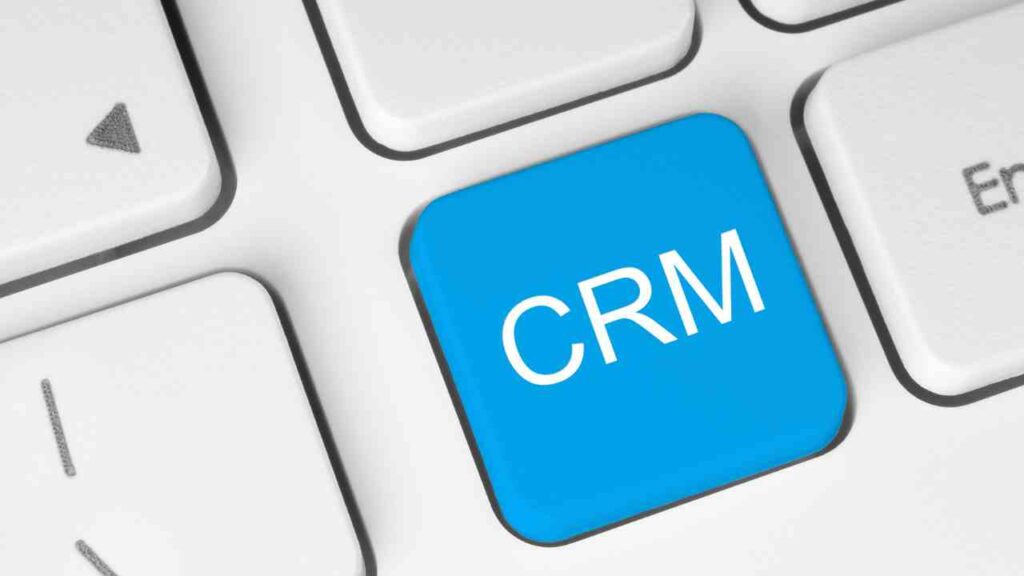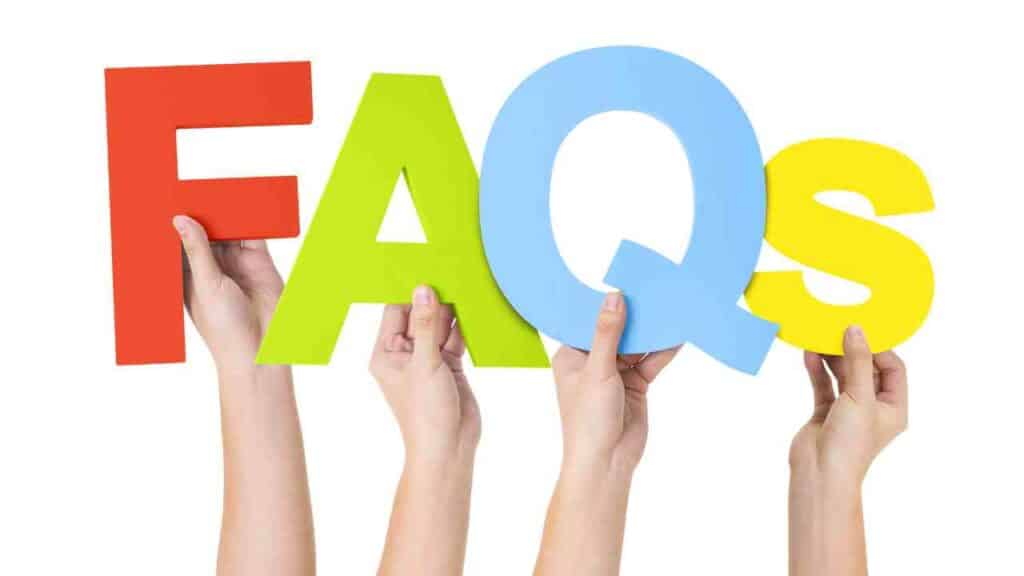Strategies for Aligning Resources Using CRM

Customer Relationship Management (CRM) is a powerful tool that helps businesses manage their interactions with customers and streamline their sales and marketing processes. However, CRM can also be used to align resources within an organization, ensuring that teams are working together efficiently and effectively. In this article, we will explore strategies for aligning resources using CRM and how it can benefit small businesses, agency owners, and marketers.
The Importance of Resource Alignment
Resource alignment is crucial for the success of any organization. When resources are not properly aligned, it can lead to inefficiencies, duplication of efforts, and missed opportunities. On the other hand, when resources are aligned, it can result in improved productivity, better collaboration, and increased revenue.
CRM can play a significant role in resource alignment by providing a centralized platform for teams to access and share information. By leveraging CRM effectively, businesses can ensure that everyone is on the same page and working towards common goals.
Strategies for Aligning Resources Using CRM
1. Centralize Data and Information
One of the key benefits of CRM is its ability to centralize data and information. By storing all customer-related data in a single platform, teams can easily access and share information, eliminating the need for multiple spreadsheets or disparate systems.
For example, a small business can use CRM to store customer contact information, purchase history, and communication logs. This centralized data can be accessed by sales, marketing, and customer service teams, ensuring that everyone has the most up-to-date information about each customer.
2. Streamline Communication
Effective communication is essential for resource alignment. CRM can facilitate communication by providing a platform for teams to collaborate and share information in real-time.
For instance, a marketing team can use CRM to create and share marketing campaigns with the sales team. The sales team can then provide feedback on the effectiveness of the campaigns, allowing the marketing team to make necessary adjustments. This seamless communication ensures that both teams are aligned and working towards the same objectives.
3. Automate Workflows
Automation is a powerful feature of CRM that can significantly improve resource alignment. By automating repetitive tasks and workflows, teams can focus on more strategic activities and avoid wasting time on manual processes.
For example, a marketing team can use CRM to automate lead nurturing campaigns. Once a lead is captured in the CRM system, the marketing team can set up a series of automated emails to nurture the lead through the sales funnel. This automation frees up the sales team to focus on closing deals, knowing that leads are being nurtured automatically.
4. Track and Measure Performance
Tracking and measuring performance is essential for resource alignment. CRM provides businesses with valuable insights and analytics that can help identify areas of improvement and optimize resource allocation.
For instance, a small business can use CRM to track the performance of different marketing campaigns. By analyzing the data, they can identify which campaigns are generating the most leads and revenue. This information can then be used to allocate resources more effectively, focusing on the campaigns that deliver the best results.
Benefits of Aligning Resources Using CRM
Aligning resources using CRM offers several benefits for small businesses, agency owners, and marketers:
- Improved Efficiency: By centralizing data, streamlining communication, and automating workflows, teams can work more efficiently and avoid duplication of efforts.
- Better Collaboration: CRM facilitates collaboration between teams, ensuring that everyone is on the same page and working towards common goals.
- Increased Revenue: By tracking and measuring performance, businesses can optimize resource allocation and focus on activities that generate the most revenue.
- Enhanced Customer Experience: CRM allows businesses to provide a personalized and seamless customer experience by having access to all customer-related information in one place.
Aligning resources is crucial for the success of any organization. CRM provides businesses with the tools and capabilities to centralize data, streamline communication, automate workflows, and track performance. By leveraging CRM effectively, small businesses, agency owners, and marketers can align their resources and achieve improved efficiency, collaboration, revenue, and customer experience. Visit https://SaasExpert.ca to learn more about how CRM can benefit your organization.
Learn more about “Aligning Resources and Priorities with CRM” right here.
Frequently asked questions about Strategies for Aligning Resources Using CRM

How can CRM help in the optimal allocation of resources? 🔄
CRM systems are incredibly powerful for ensuring resources are utilized effectively. By analyzing customer interactions and sales data, CRM can highlight areas where resources are needed most. For example, if data shows that certain products have higher demand at specific times, you can allocate more inventory and marketing efforts accordingly. This dynamic resource allocation, guided by real-time data, ensures that every dollar and every hour is invested where it can generate the most value. CRM also identifies underperforming areas where you can reduce resources to prevent waste.🎯
What strategies can I use within my CRM to improve team productivity? ⏱️
To boost productivity, start by leveraging your CRM’s task automation features. Automate routine tasks like data entry and follow-up emails to free up your team’s time for more complex tasks. Use the CRM’s collaborative tools to enhance communication and reduce bottlenecks. By having shared calendars, task lists, and customer information, everyone can stay on the same page and work more cohesively. Lastly, use the CRM analytics to monitor performance metrics, providing insights on where to focus training and development efforts. This data-driven approach ensures continuous improvement and peak productivity.✅
Can CRM systems aid in project management and resource planning? 📊
Absolutely! Many CRM platforms come equipped with project management features that allow you to plan projects, assign tasks, set deadlines, and track progress all in one place. You can view resource availability and skill sets within your CRM, enabling you to assign the right people to the right tasks. Plus, with the ability to track time spent on various activities, you can plan future projects with greater accuracy. This ensures that your team is working efficiently and that projects are aligned with your resources and business goals.🔧
How do I ensure that my CRM data helps in aligning resources with business priorities? 🎯
The key is to have a well-maintained and regularly updated CRM database. Input from various departments should feed into your CRM to reflect current market trends, customer needs, and sales forecasts. Use this data to align your resources with the most critical aspects of your business. For instance, if the CRM data points to a surge in a particular service, you can prioritize training for your team in that area. Aligning your resource distribution with these insights ensures that your business priorities are met with the appropriate level of support.📈
What are the best practices for using CRM to manage resource capacity planning? 📅
Firstly, keep your CRM data pristine for accurate forecasting. Use your CRM’s reporting tools to predict sales cycles and customer demand, which will inform how you plan your resource capacity. Secondly, integrate your CRM with other tools like HR software to have a clear view of employee availability and skill levels. This integration allows you to plan resource capacity in line with project requirements. Lastly, regularly review your resource utilization reports from your CRM to adjust your strategy as needed. This constant refinement ensures your capacity planning remains agile and aligned with business needs.🔄






